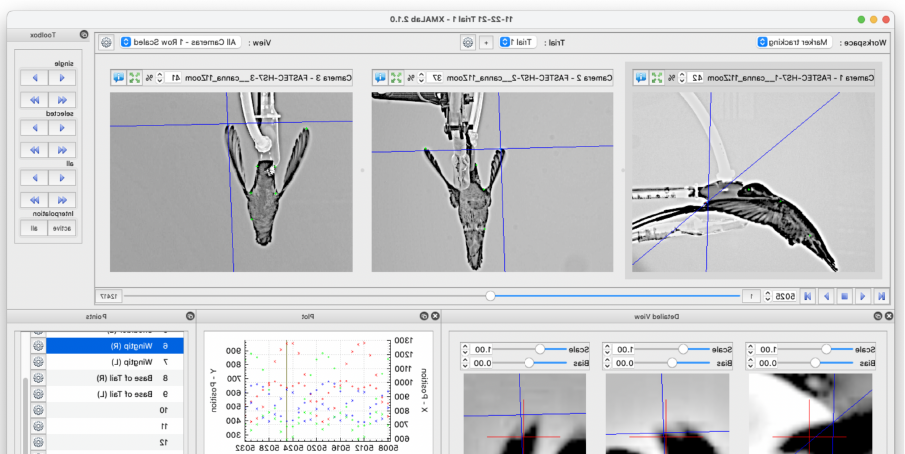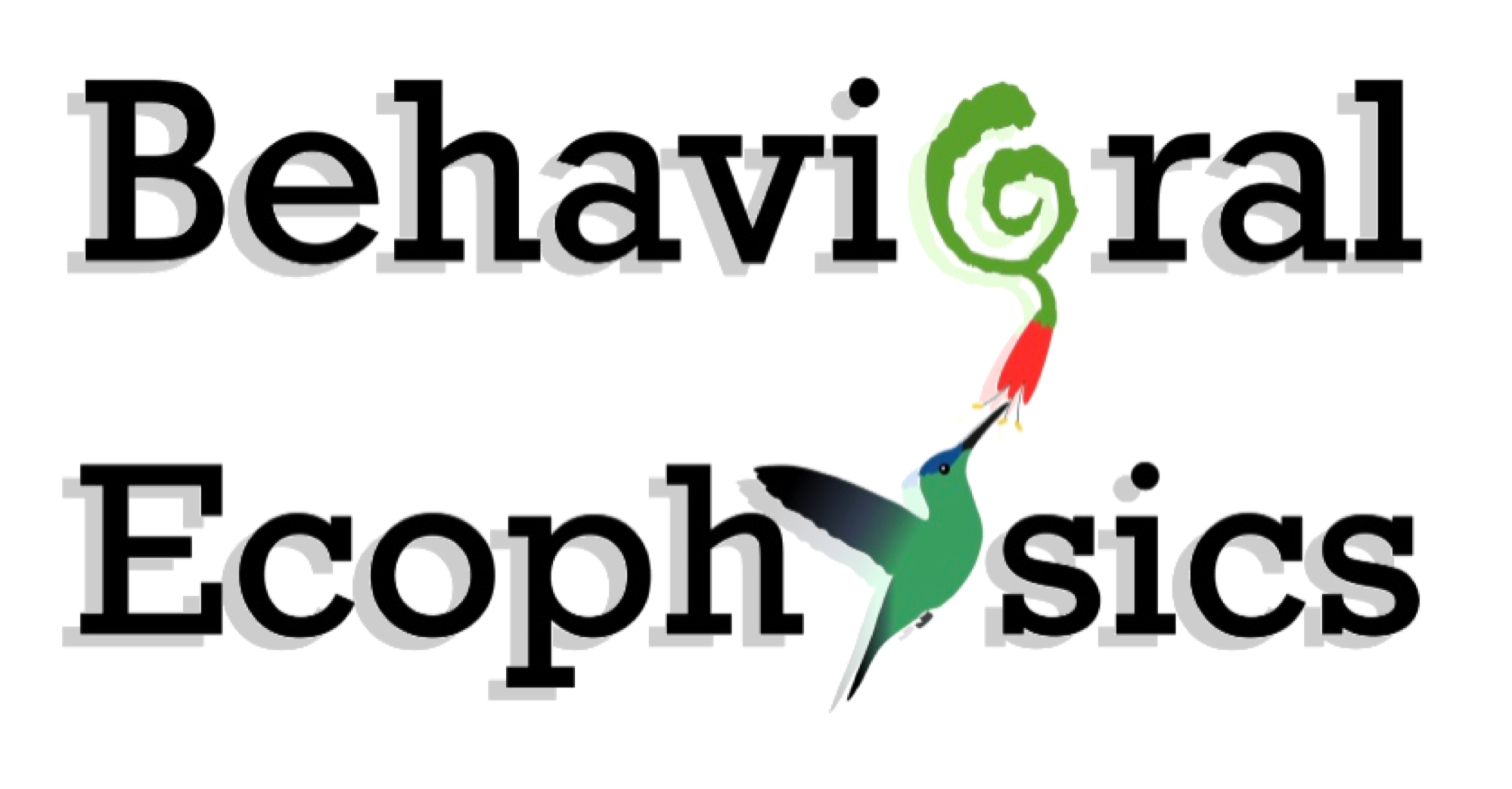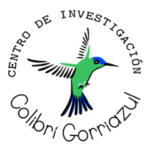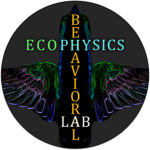PROJECTS
Floral Characteristic Impact on Hovering energetics
Hummingbirds have incredibly high levels of energy expenditure and have developed both behavioral and physiological traits that allow them to obtain sugar to supply these high metabolic needs. Some hummingbirds do this by having exclusive relationships with flower species that provide them with nectar, therefore solidifying the availability of the nectar resource for the hummingbird. Hummingbirds primarily can do this by matching their bill morphology to the unique and complex shape and structure of these floral resources. This creates an exclusive relations- hip, excluding competitors from the flower resources, which can ultimately lend to hummingbird-plant co-evolution. Similarly, flower structure can exclude non-target hummingbird species’ foraging due to the size or arrangement of flowers increasing handling time to an unsustainable amount for a hummingbirds’ energy budget. During a single feeding event, we would like to investigate this delicate balance of floral characte- ristics (inflorescence angle, physical dimensions, length, curvature, entrance size), nectar reward properties (concentration, viscosity, volume) and how the bird interacts with the flower (flight angle, flight amplitude, and rate of intake). This will all shed light on the interaction of floral characteristics on the energetic profits and foraging behavior of these acrobatic flyers who are on a tight budget.



